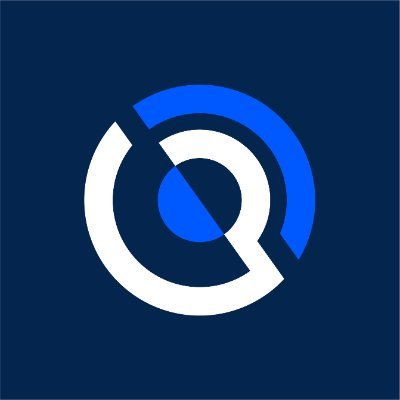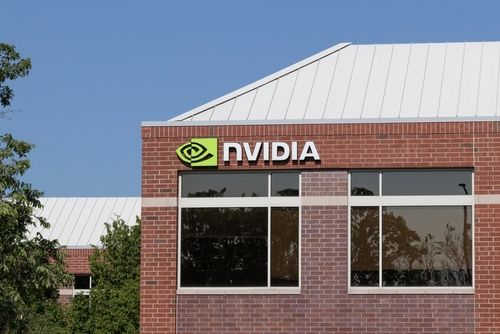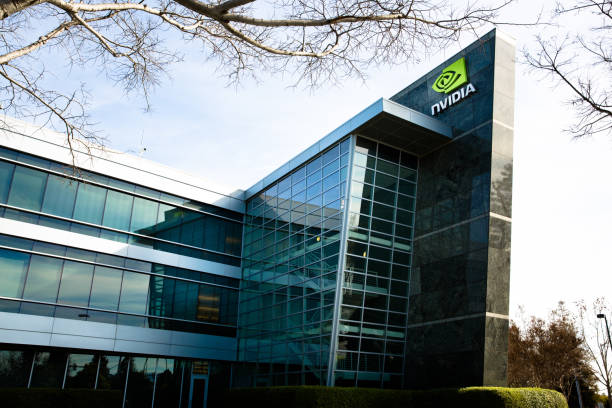Stocks slip on disappointing Nvidia results, Bitcoin defies the trend


Nvidia just delivered yet another one of the most anticipated earnings reports of the year, and the numbers are wild. Third-quarter revenue hit $35.08 billion — a 94% jump from last year. Net income soared an even crazier 109%, landing at $19.3 billion.
Wall Street’s verdict? “Meh.” Nvidia shares dropped 2.5% in after-hours trading, proving once again that it’s never enough for investors.
The company’s next-gen Blackwell chip is expected to be a hit, with demand projected to outpace supply well into fiscal 2026. But nobody cares if the growth isn’t mind-blowing anymore.
Meanwhile, Bitcoin is out here doing its own thing, brushing off market chaos like it doesn’t exist. The cryptocurrency is closing in on $100,000, hitting a record $97,862 as of press time.
While Nvidia faces the wrath of investors and their impossible expectations, Bitcoin is stealing headlines, riding the wave of Trump-fueled optimism and bullish bets from big-name players.
Nvidia crushes earnings, but growth slows
First, the facts. Nvidia’s third-quarter results smashed analyst expectations. Revenue was projected at $33.16 billion, but the company blew past that. On top of that, Nvidia predicts fourth-quarter revenue of $37.5 billion, exceeding Wall Street’s estimate of $37.08 billion. Sounds like a win, right?
Not for Wall Street. Here’s the problem: Nvidia’s growth isn’t as insane as it used to be. For context, revenue soared 122% last quarter, and before that? 262% and 265%. Now, at 94%, it’s just not massive enough. Wall Street is a cruel game. When you’re used to sprinting, even a power walk looks slow.
“They don’t just have to beat analyst estimates; they got to beat them by 10%,” said NYU Stern finance professor Aswath Damodaran. Nvidia’s dazzling numbers just aren’t dazzling enough for a market addicted to its previous pace.
The disappointment hit hard in Asia, too. Taiwan Semiconductor Manufacturing Co. (TSMC), which makes Nvidia’s GPUs, dropped 1.5%. Japanese supplier Advantest fell 5.6%. South Korea’s SK Hynix lost 2%, while Taiwan’s Hon Hai Precision Industry, aka Foxconn, slipped 1.9%.
Even SoftBank, with its stake in chip designer Arm, lost 1.5%. Nvidia suppliers took a hit across the board, showing how connected global markets are to the company’s performance.
But not everyone suffered. Samsung Electronics bucked the trend, rising 0.9%. The company is reportedly close to getting certification to supply Nvidia with advanced high-bandwidth memory (HBM) chips, giving it a much-needed boost.
Bitcoin breaks away from the pack
Trump’s election win on November 5 lit a fire under the crypto market, with Bitcoin adding over $800 billion in market value since then. The industry is buzzing with talk of Trump creating a White House post specifically for cryptocurrency policy.
Crypto companies are lobbying hard for this role to have direct access to the president-elect, who’s gone from a crypto skeptic to one of its biggest champions.
MicroStrategy, the publicly traded company with the largest Bitcoin holdings, is also driving the rally. The company just announced plans to raise $2.6 billion through convertible senior notes to fund more Bitcoin purchases.
MicroStrategy now holds a staggering $31 billion in Bitcoin. CEO Michael Saylor has essentially turned the company into a Bitcoin treasury, further boosting confidence in the crypto market. Many analysts now believe BTC could hit $100k by month-end.
Markets face mixed signals elsewhere
Outside of Nvidia and Bitcoin, global markets sent mixed signals this week. The Dow Jones Industrial Average broke its four-day losing streak, rising 0.32% on Wednesday. The S&P 500 stayed flat, while the Nasdaq Composite slipped 0.11%.
In Europe, the Stoxx 600 barely moved, as the European Central Bank shifted its focus from inflation to weak economic growth as the euro zone’s biggest challenge.
In the U.K., inflation rose to the upside. Prices jumped 2.3% in October, up from 1.7% in September, according to the Office for National Statistics.
Economists expected a smaller increase of 2.2%. The unexpected jump reduces the likelihood of the Bank of England cutting rates in December, adding pressure on the U.K. economy.
Meanwhile, the U.S. 10-year Treasury yield climbed to 4.402%, up sharply from 3.6% in September. Strategists warn that if the yield breaks 4.5%, it could drag stocks down further.
From Zero to Web3 Pro: Your 90-Day Career Launch Plan





